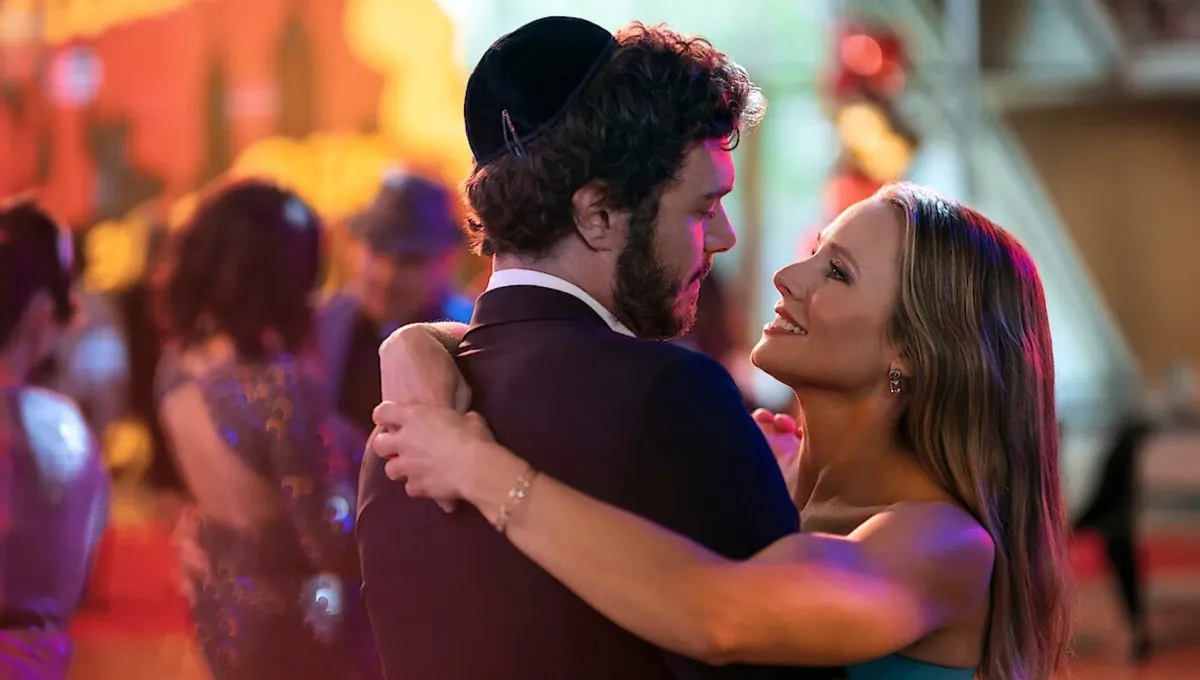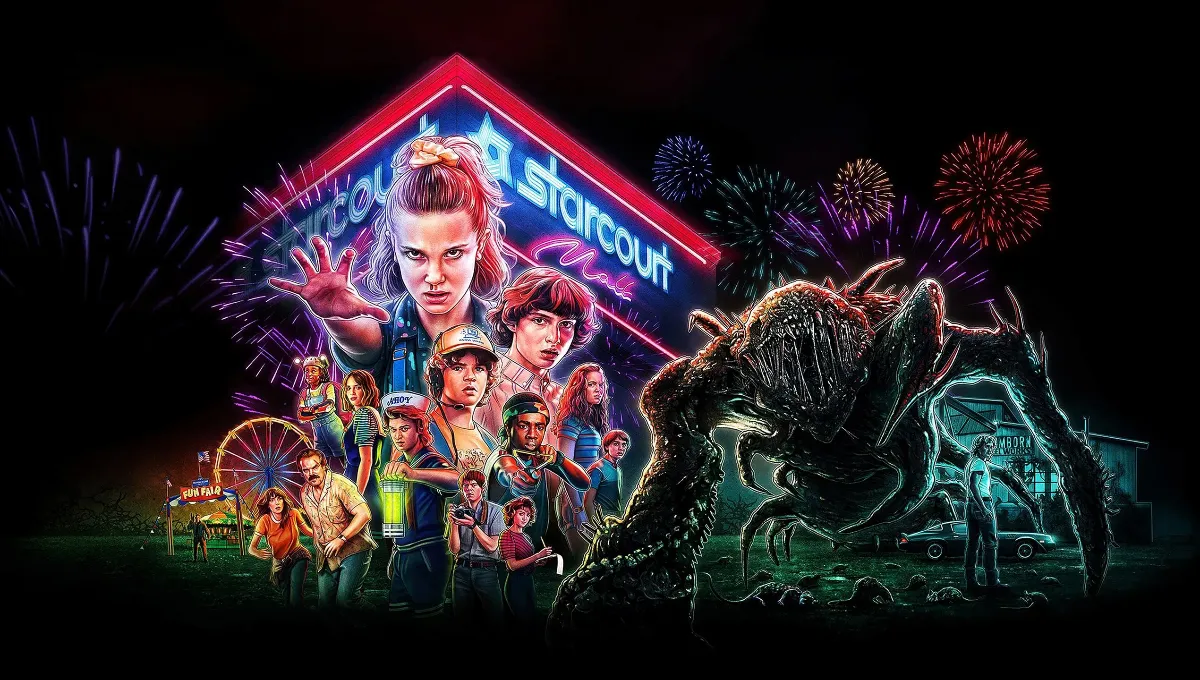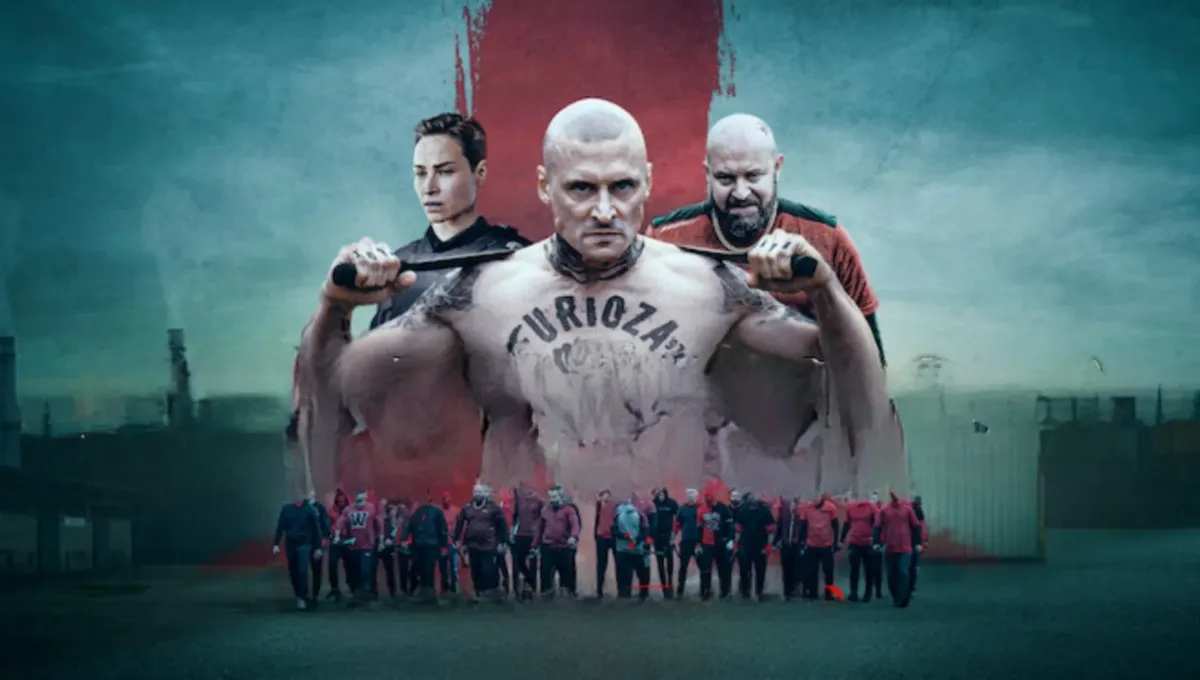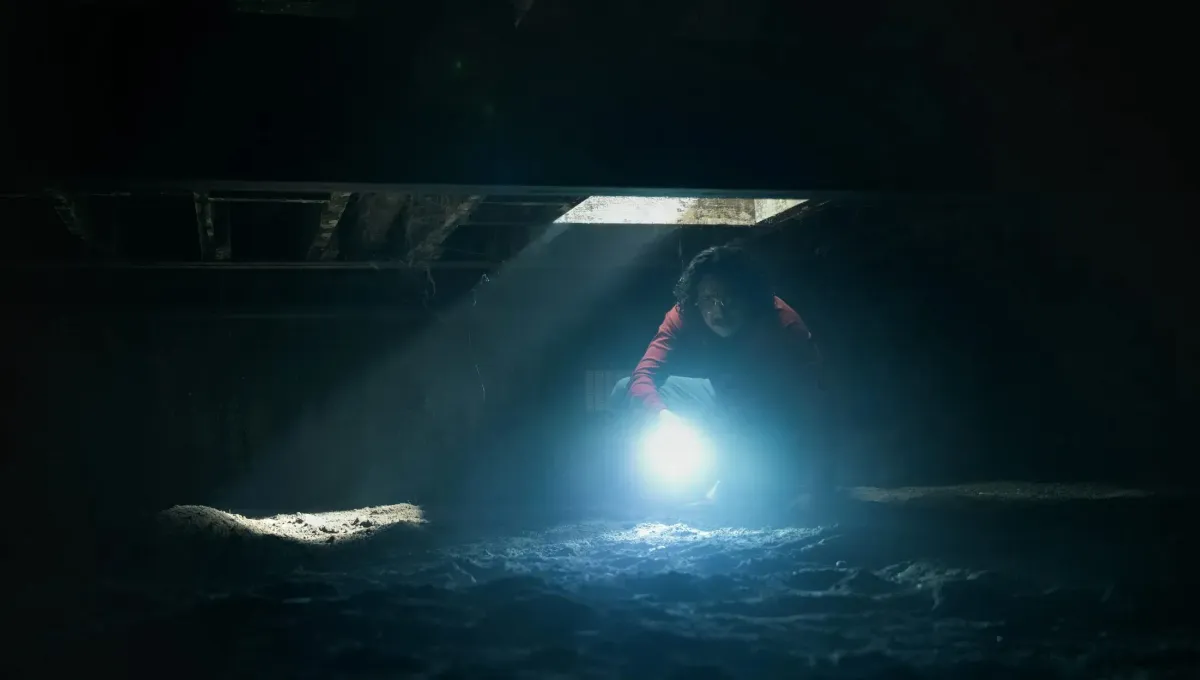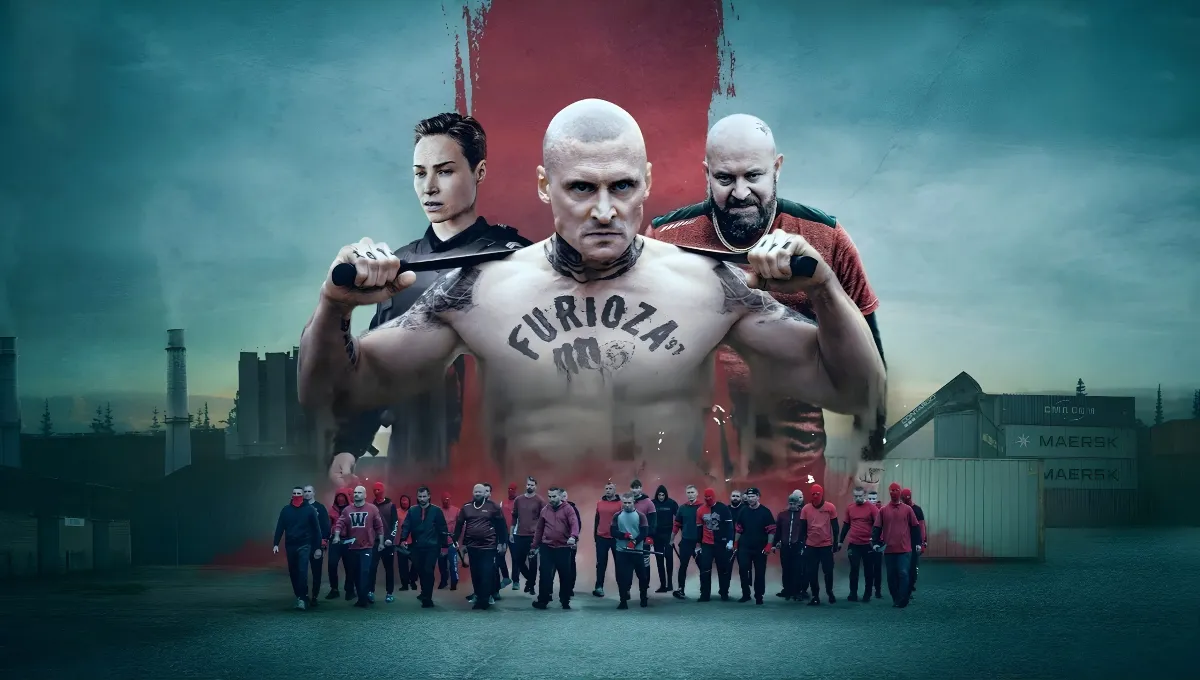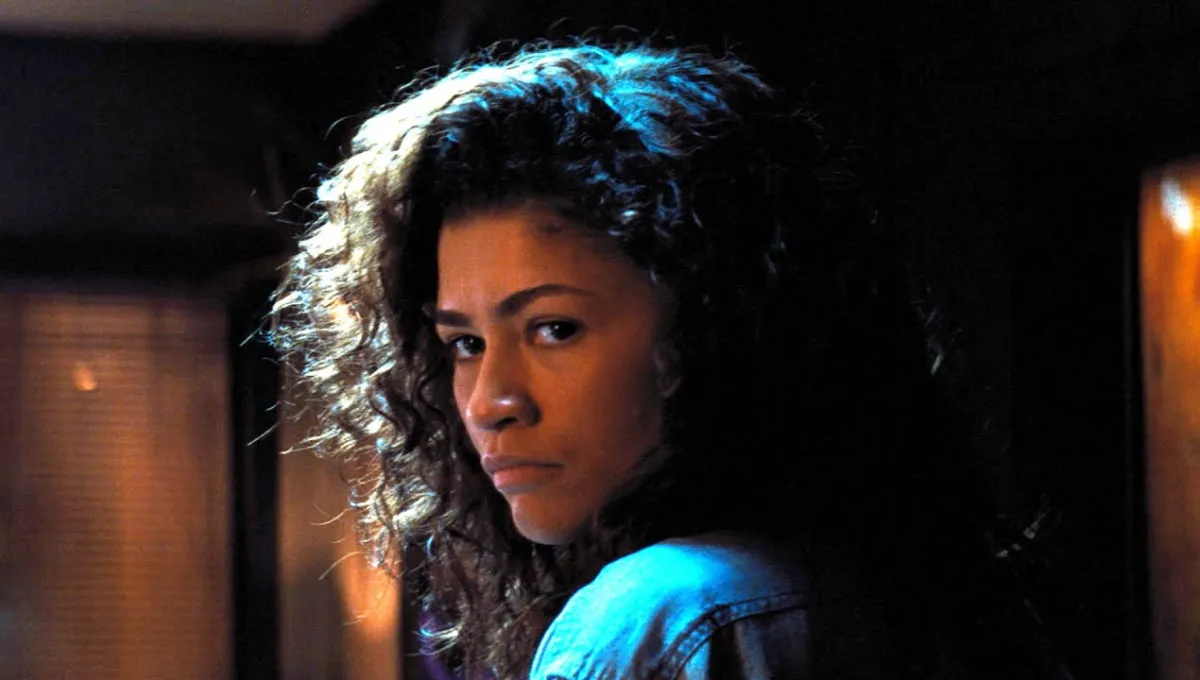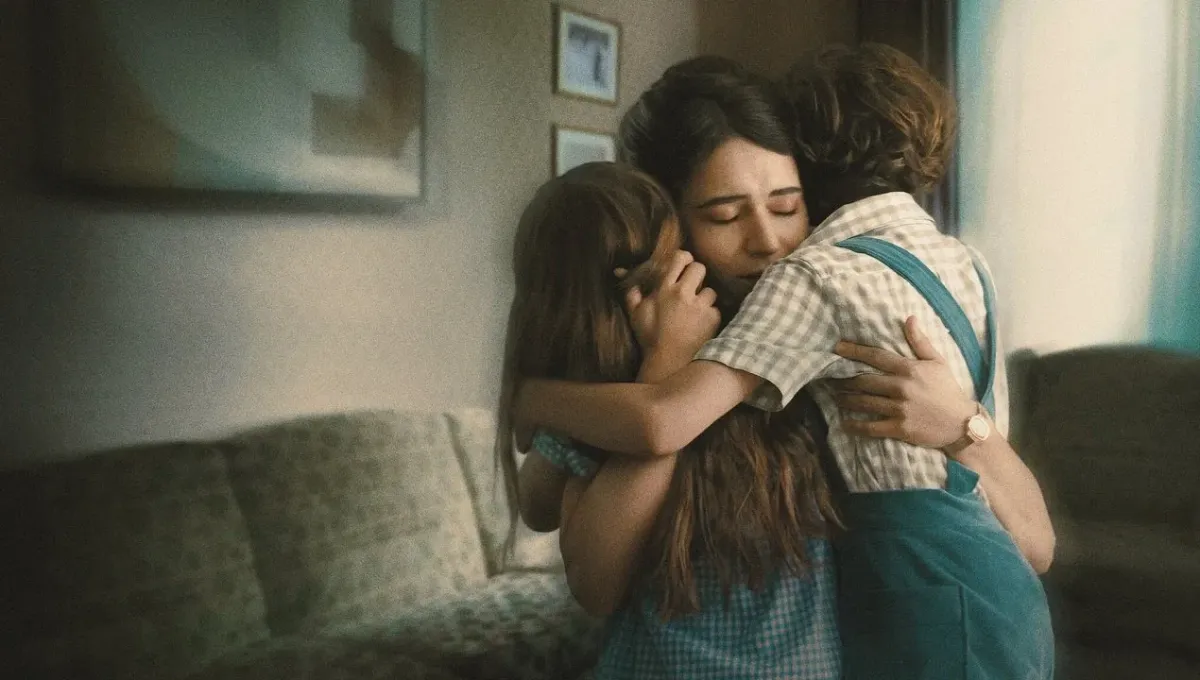There’s a reason everyone is already talking about The Beast in Me. Netflix’s upcoming limited series brings together two of television’s most powerful performers, Claire Danes and Matthew Rhys, in a story that dares to ask one haunting question: who is the real monster? Beneath the surface of suburban calm, beneath grief, love, and suspicion, this series reveals that the darkest beasts are often the ones we hide inside ourselves.
A Story of Loss, Obsession, and the Human Mind
The Beast in Me follows Aggie Wiggs, a once-celebrated author whose life falls apart after the death of her young son. Struggling to write again, she isolates herself in a quiet neighborhood, clinging to the idea of peace that never comes. But when a new neighbor moves in next door, that fragile calm begins to fracture. Nile Jarvis is wealthy, charming, and disturbingly private — and rumors swirl that he may have been involved in the disappearance of his wife. What begins as curiosity turns into obsession, and Aggie soon finds herself drawn into a psychological maze where truth, danger, and desire blur beyond recognition.
From the opening moments, the series establishes a chilling sense of intimacy. Every glance, every silence between the two leads carries a hidden threat. Aggie’s grief becomes her weakness and her weapon. Nile, the man she both fears and studies, mirrors her in unsettling ways. The question at the heart of the series — who is hunting whom — becomes harder to answer with each episode.
Claire Danes and Matthew Rhys: A Perfectly Uneasy Pair
Few actors could carry this kind of emotional complexity, but Claire Danes and Matthew Rhys seem born for it. Danes, known for her layered portrayals in Homeland and Fleishman Is in Trouble, delivers another tour de force as a woman unraveling from within. Her performance moves between tenderness and volatility, portraying grief not as simple sadness but as something alive — unpredictable, hungry, and sometimes cruel.
Matthew Rhys, best known for The Americans, transforms Nile Jarvis into one of the year’s most enigmatic characters. On the surface, he is a man trying to rebuild a reputation and protect his privacy. But Rhys plays him with such control that every smile feels dangerous, every pause calculated. He doesn’t need to raise his voice to be terrifying; his calmness is the threat. Together, Danes and Rhys create an atmosphere so taut that even the quietest scenes hum with tension.
A Stellar Supporting Cast
Beyond its central duo, the series assembles a remarkable ensemble that adds depth and unpredictability to the story. Brittany Snow appears as Nile’s missing wife in flashbacks that gradually expose the cracks in their marriage. Natalie Morales plays Shelley, Aggie’s ex-wife, whose attempts to help only complicate matters further. David Lyons and Hettienne Park portray FBI agents chasing the same truth Aggie seeks — though their version of it may be very different. Jonathan Banks brings gravitas as Nile’s father, a man whose shadow looms over the story’s moral landscape. Every supporting role in The Beast in Me feels purposeful, like another piece in a puzzle that can never quite be finished.
Created by Gabe Rotter, Guided by Howard Gordon
The creative pedigree behind The Beast in Me is impressive. Created by Gabe Rotter and showrun by Howard Gordon, the series comes from minds that understand psychological tension. Gordon’s work on Homeland and 24 showed how fear and truth can twist together; here, he applies that mastery to something more intimate. The danger is not global, but emotional — what happens when two people, each broken in their own way, start pulling at the threads of each other’s reality.
The production’s tone is restrained yet cinematic. It’s not about jump scares or shocking violence, but about the quiet dread that builds when you start to question your own judgment. The cinematography favors low light and reflective surfaces — mirrors, windows, water — always reminding the viewer that perception is everything. The score, minimal and haunting, pulses like a heartbeat under each scene, amplifying the sense that something terrible is just beneath the calm.
Themes That Cut Deep
Beneath its mystery, The Beast in Me is really a story about guilt and identity. It asks how much we truly know about others — and about ourselves. Aggie’s pursuit of Nile is not just investigative; it’s a projection of her own need to control the chaos within her life. As she digs into his secrets, she exposes her own. The “beast” in the title is not a single villain but a metaphor for the hidden instincts and moral compromises that live in everyone.
The series also explores power — financial, emotional, and psychological. Nile uses wealth and charm as armor, while Aggie wields intellect and empathy as her tools of survival. Their dynamic blurs the line between predator and prey. One moment Aggie seems in control, the next she’s lost in Nile’s web of manipulation. Every episode tightens the spiral, showing how obsession transforms people, and how easily victimhood can become aggression.
The Setting as a Character
One of the series’ quiet triumphs is its sense of place. The suburban setting, filmed in muted tones of blue and gray, becomes a reflection of Aggie’s state of mind. It’s calm on the outside but rotting underneath. The houses are immaculate, the lawns trimmed, yet everything feels slightly wrong — as if the whole neighborhood is holding its breath. This subtle unease makes even daytime scenes feel haunted. At night, when streetlights flicker and distant sirens echo, the world feels small and claustrophobic, like a cage neither Aggie nor Nile can escape.
A Reflection on Storytelling Itself
At its core, The Beast in Me is a story about stories — about who gets to tell them, and who gets believed. Aggie is a writer trying to regain her voice by uncovering someone else’s truth. Nile is a man whose entire life is defined by the narratives others project onto him. Their clash becomes a meta-commentary on authorship, morality, and the human need to assign meaning to chaos. The deeper Aggie investigates, the more she realizes that every story — including her own — is a construction built from fear, memory, and desire.
What Makes It Different
Netflix has released many thrillers over the years, but The Beast in Me feels distinct. It doesn’t rely on cheap twists or violent spectacle. Instead, it’s built around emotional realism — the way people grieve, manipulate, and forgive. It’s a slow burn, but a deliberate one, using silence as much as dialogue to build suspense. The writing trusts the audience to think, to notice, to doubt. Each episode leaves viewers questioning not only what happened, but why they believed it.
The chemistry between Danes and Rhys is extraordinary precisely because it’s uncomfortable. There’s no romantic glamour here, no clean hero or villain. Their connection feels dangerous, magnetic, inevitable. It’s a study in power and vulnerability that keeps viewers trapped in the same psychological cage as the characters themselves.
The Beast Within
By the final episodes, the series becomes something larger than a mystery. It’s a meditation on the duality of human nature — how love and cruelty can coexist, how truth can be both salvation and destruction. The title’s meaning comes full circle: the beast is not something to be hunted or killed, but something to be understood. It’s the raw part of the self that grief awakens and guilt sustains.
In a landscape crowded with formulaic thrillers, The Beast in Me stands out as a character-driven exploration of morality and madness. It’s the kind of series that lingers, that makes you re-examine what you saw and what you assumed. Every episode peels back another layer of civility until what’s left is pure instinct — love, fear, and survival.
The Beast in Me (2025) is more than just another Netflix release. It’s a meticulously crafted series that combines intimate character study with psychological suspense. Claire Danes delivers one of her most haunting performances, while Matthew Rhys proves once again that quiet menace can be far more terrifying than noise. Together, they anchor a story that is as emotionally devastating as it is thrilling.
This series doesn’t scream its truths; it whispers them, forcing the audience to listen closely and question everything. In the end, the scariest realization may not be who committed the crime — but how much of the beast in them we recognize in ourselves.
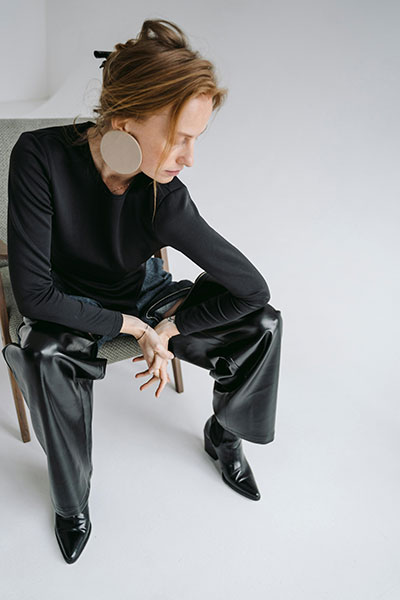
Grace Whitmore is a beauty and lifestyle editor at Nestification, exploring the intersection of modern femininity, quiet luxury, and emotional design. Her work focuses on how aesthetics, mindfulness, and self-expression shape today’s idea of calm confidence — where beauty becomes a state of mind.
Based in New York · [email protected]



